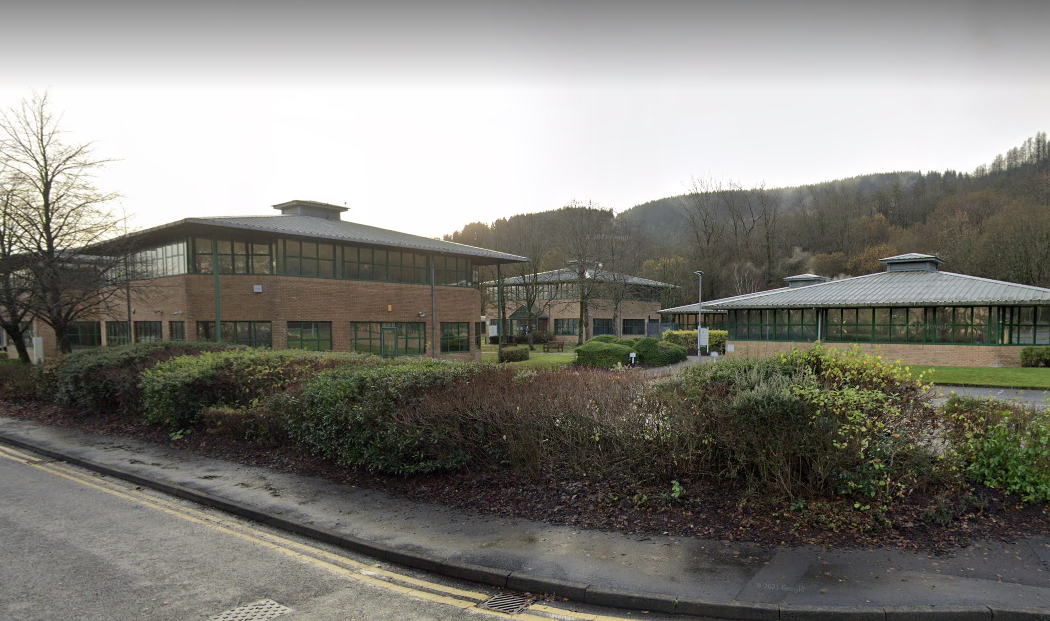If flooding hasn't happened to you in the past, it doesn't mean it won't happen in the future.
This is the message from Natural Resources Wales (NRW) as it marks two years since the onset of the February 2020 floods triggered by Storms Ciara, Dennis and Jorge.
The storms resulted in record rainfall and river levels across Wales, and some of the most significant and devastating flooding seen since the 1970s with 3,130 properties affected right across the country.
These, and subsequent storms experienced in Wales since, serve as a stark warning that record-breaking flooding is becoming a harsh new reality for Welsh communities in the future, and the need to act now to prepare for climate impacts is more pressing than ever.
Chief Executive of Natural Resources Wales, Clare Pillman said:
Today (15 Feb) marks the anniversary of Storm Dennis – the second and most destructive of the three named storms to hit Wales in the space of four weeks in February two years ago.
Since then, NRW has continued to invest in flood defences, inspecting and repairing where needed, and doing important maintenance work to ensure people and properties continue to feel the benefits.
It has also invested in its incident response teams and made changes and improvements to systems and processes to increase its own resilience to future flood incidents.
Progress is also being made on the development of flood schemes across Wales, prioritising those communities most at risk.
Projects include:
Taff catchment
NRW has been carrying out detailed flood risk modelling in the Lower Taff catchment and the River Cynon and Rhondda rivers to support the next phase of work planned to develop a strategic flood risk management masterplan for the whole River Taff catchment. This work is being done in collaboration with all flood risk management authorities in this area.
Ely Bridge, Cardiff
This month, NRW announced the completion of a tree catcher scheme in the River Ely, designed to trap debris at a safe location upstream of a pinch-point bridge, reducing the risk of flooding to 490 properties in the Ely and Fairwater areas of Cardiff.
Cadoxton Brook Outfall
Work to improve the structural condition and size of the sea outfall at the end of the Cadoxton Brook has been completed in Barry. This will help ensure flood waters are conveyed effectively out to sea and make reduce the risk of tidal inundation to the local area.
Llyn Tegid
Major work is underway at Llyn Tegid in Y Bala to ensure it can continue to withstand extreme weather now and in the future. The main focus is strengthening the lake’s embankments and replacing the lakeshore stone wave protection.
However, as climate change increases the likelihood for more extreme weather events to occur, the expectation is that risks will expand beyond the high-risk areas we know today.
Which is why the launch of NRW’s flood map for planning is a key step forward in helping to communities and businesses to prepare for the future. The map, which supports the new TAN15 planning policy, includes climate change information for the first time, demonstrating how changes will affect flood risk over the next century and showing the potential extent of flooding assuming no defences are in place.
The improvements made to the digital services on NRW’s website also now mean that it can share its data-driven, expert knowledge and forecasts with people, communities, and business owners. The service to check flood risk by postcode, and the availability to access real-time river level, rainfall and sea level date means that people are now more empowered than ever with the information they need to understand their flood risk and prepare for any future impacts.
Clare Pillman added:



